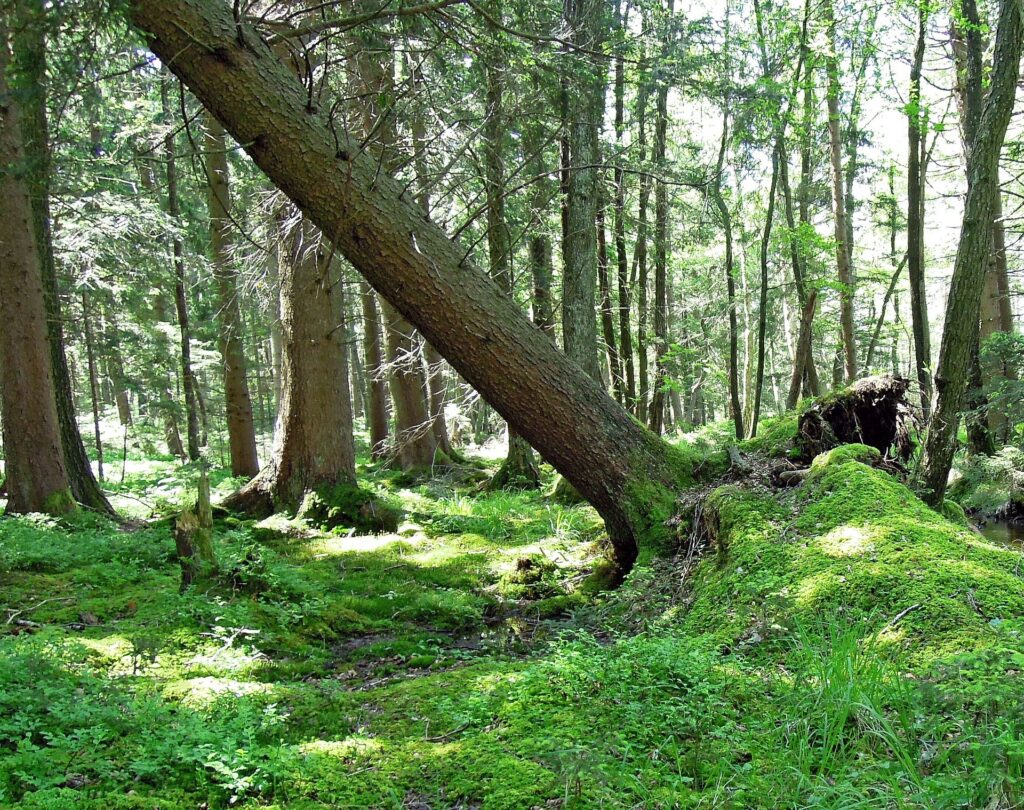
After a period of relative quiet over the last couple of decades strong damaging winds returned to northern and north-western parts of Europe. A series of strong and even severe storms have caused a very large amount of damage across Ireland, UK, France, Netherlands, Germany, Czech Republic, Denmark, Lithuania, Poland and Norway. https://en.wikipedia.org/wiki/2021%E2%80%9322_European_windstorm_season
Storm Arwen from 25-27 November 2021 brought extensive damage to forests in Ireland and Scotland, with damage to an estimated 1 million m3 of timber (8 million trees in Scotland and a maximum gust speed of 177 km/h. It was followed by Storm Barra that caused further damage in Ireland and UK and France and severe flooding in Spain, although the wind speeds were less than in Arwen with a maximum of 115 km/h.
In the period 14-19 February 2022 an extremely severe storm named Eunice (Zeynep in Germany) travelled across northern Europe particularly affecting areas on each side of the English Channel/La Manche and along the Dutch and north German coasts. Ireland, UK, France, Belgium, Netherlands, Germany, Denmark, Czech Republic, Poland and Lithuania were all affected with damage of at least 2 billion € and 17 fatalities. The UK recorded its highest ever wind speed of 196 km/h from an anemometer on a very exposed part of the Isle of Wight. It was the worst storm in the UK since the Burn’s Day storm of 25-26 January 1990 and had many similarities to the Great Storm of 15-16 October 1987. The storm was followed shortly afterwards by Storm Franklin (Antonia in Germany) but, although this storm hampered cleanup from Storm Eunice, it was much less powerful.
The lesson for foresters is that wind damage is always a threat to European forests and in particular those in the north-west of the continent. The difficulty is that our “collective memories” can forget past events and we can become blasé to the risk because wind damage might only occur in a specific location once every 30 to 50 years. The concern is that storms are becoming more intense in the changing climate and how we manage our forests to mitigate this risk is more and more important and relevant as we rely on forests to sequester carbon, provide wood for the green economy, and to give us the range of benefits we often take for granted. Luckily, we have much better weather forecasting tools available now and also models for predicting the impact of different management systems https://www.forestresearch.gov.uk/tools-and-resources/fthr/forestgales/fgr-the-forestgales-r-package/. These wind damage risk models have been developed by members of IEFC and continued the development of tools from the Interreg PLURIFOR project https://plurifor.efi.int/storm/
The immediate challenge is to integrate the risk of wind damage and other threats to our forests as a fundamental part of our management strategies in order to ensure the forests in Europe continue to thrive.

